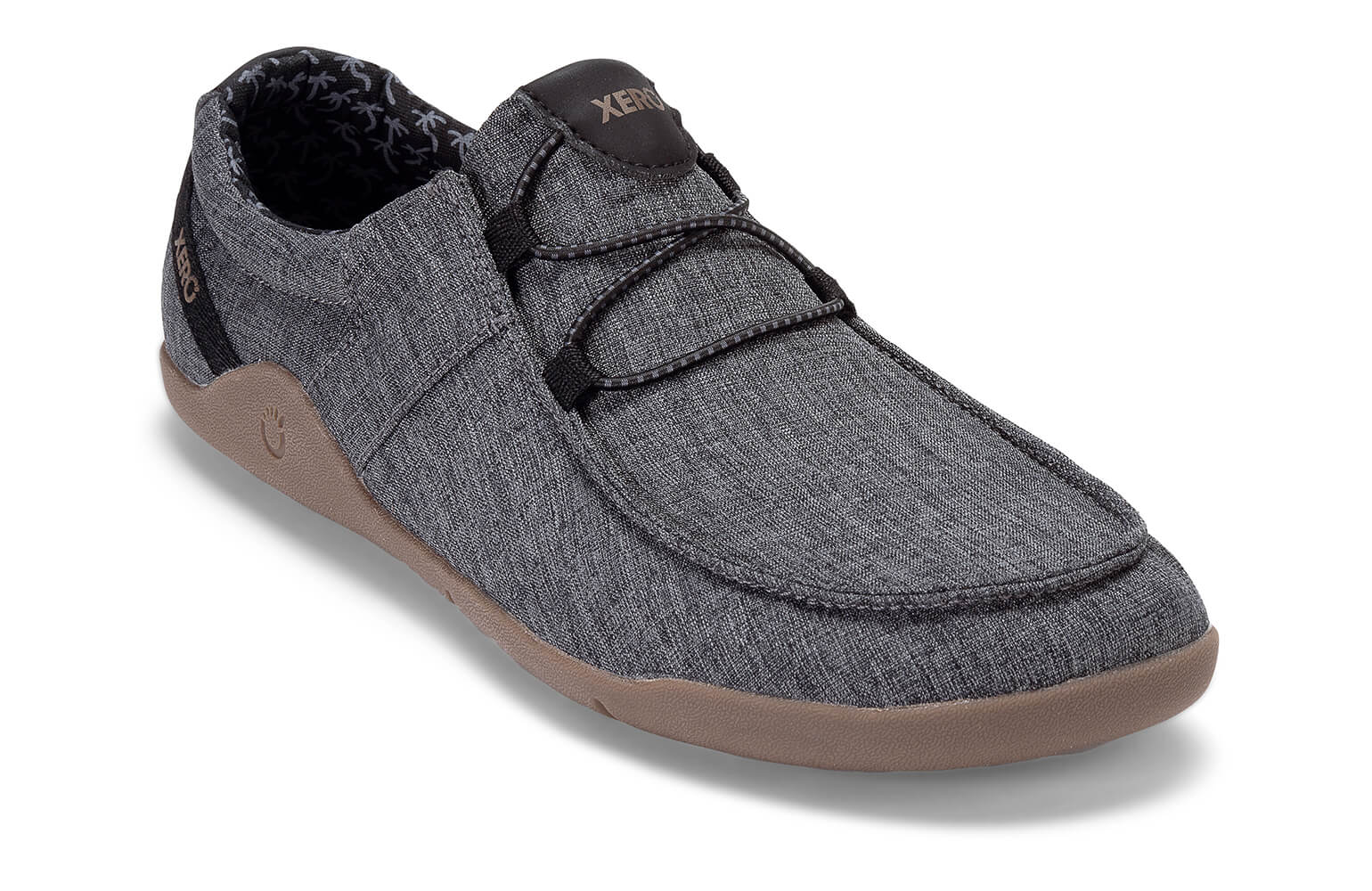Introduction
Barefoot shoes have gained popularity in recent years due to their unique design and purported health benefits. However, one question that often arises is whether barefoot shoes are really expensive. In this article, we will explore the cost of barefoot shoes and examine whether they are worth the investment. We will also address common concerns and misconceptions surrounding barefoot shoes, such as their suitability for everyone and their durability.
Breaking Down the Cost: Are Barefoot Shoes Really Expensive?
Barefoot shoes come with a price tag that may seem higher compared to traditional footwear options. However, it's essential to understand the factors that contribute to the cost of these shoes. Let's take a closer look at what makes barefoot shoes relatively more expensive.
The Anatomy of Barefoot Shoes
One of the key features that sets barefoot shoes apart from conventional footwear is their anatomical shape. These shoes mimic the natural contours of your feet, allowing for greater freedom of movement and enhanced proprioception. The intricate design and attention to detail required to create this anatomical shape contribute to the overall cost of barefoot shoes.
Vegan or Eco-Friendly Options
Many barefoot shoe brands prioritize sustainability and offer vegan or eco-friendly options. These shoes are made using materials that have a lower environmental impact, such as recycled materials or plant-based alternatives. While these options may be pricier due to the sourcing and manufacturing processes involved, they provide an ethical choice for consumers concerned about sustainability.
Specialized Types of Barefoot Shoes
Barefoot shoes cater to various activities and lifestyles, which often results in specialized types of footwear. Some common types include running barefoot shoes, walking barefoot shoes, hiking barefoot shoes, casual barefoot shoes, water barefoot shoes, yoga barefoot shoes, cross-training barefoot shoes, and kids' barefoot shoes. Each type is designed to meet specific needs, utilizing specific materials and technologies that can increase the production cost.
Brand Reputation and Quality
Certain barefoot shoe brands have established themselves as leaders in the industry. Vibram FiveFingers and Xero Shoes are two such brands known for their quality and innovation. While these brands may come at a higher price point, they often justify the cost through superior craftsmanship, Great post to read durability, and customer satisfaction.

Limited Availability
Barefoot shoes are not as widely available as traditional footwear options. Finding the right pair might require visiting specialized stores or ordering online. The limited availability of barefoot shoes can sometimes lead to higher prices due to supply and demand dynamics.
Long-Term Benefits
Although barefoot shoes may seem expensive upfront, it's important to consider the long-term benefits they offer. These shoes promote proper foot mechanics, strengthen muscles, improve balance, and reduce the risk of certain foot problems. Investing in a pair of high-quality barefoot shoes can potentially save you money on future medical expenses related to foot issues.
FAQs about Barefoot Shoes
Are barefoot shoes suitable for everyone?- While barefoot shoes offer numerous benefits, they may not be suitable for everyone. Individuals with pre-existing foot conditions or those who require additional support should consult with a podiatrist before transitioning to barefoot shoes.
- Barefoot shoes provide minimal insulation and protection against cold temperatures. It is advisable to wear thick socks or consider alternative footwear options during colder months.
- The lifespan of barefoot shoes depends on various factors such as usage frequency, terrain, and maintenance. On average, a well-maintained pair can last anywhere from six months to two years.
- Some individuals prefer wearing socks with their barefoot shoes for added comfort and hygiene. However, it's important to choose thin, moisture-wicking socks that do not interfere with the natural fit and feel of the shoes.
- Most barefoot shoes are not completely waterproof. However, certain brands offer water-resistant options that provide some level of protection against moisture.
- Barefoot shoes typically require minimal care. Regular cleaning with mild soap and water is usually sufficient. It's important to air dry them thoroughly to prevent odor and maintain their shape.
Conclusion
While barefoot shoes may seem expensive compared to traditional footwear, they offer unique benefits that can outweigh the initial cost. The anatomical shape, specialized types, brand reputation, limited availability, and long-term advantages contribute to the pricing of barefoot shoes. Ultimately, the decision to invest in a pair of barefoot shoes should be based on individual needs, foot health goals, and personal preferences.